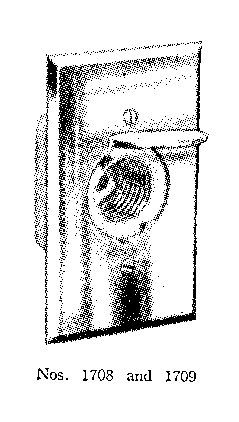a house im working at has white knob and tube. the house was built in 1900 and im wondering if this is wiring from 1900 as well? most 1930s knob and tube is black
EP,
My method for joining into a K&T system is :
(1) refrain from bending the old wires, as the insulation cracks off easy.
(2) slide a plastic JB onto the clipped end, mount the JB to the rafter.
(3) clean the old copper, and butt splice/Wire-nut onto it.
(4) strap the Romex going out at the required 12".
(5) If you are dealing with a corroding telegraph wrap,
then you may have to clip the wires and make several JB connections.
Some one said they had three wires coming up a wall.
There was no requirement back then that we carry a neutral with/along-side of the hot.

They also said the wires looked the same color.
Which makes finding the 'hot' wire a real problem.

Using a volt-meter to ground will not work, as there is no ground reference.
Anyway, the leakage through the deteriorating insulation, across the carbon soot covered joists will make both the hot and neutral carry a phantom voltage.

:smile:
I have resorted to a simple Neon Bulb testor with a 1 MegOhm resistor in series, using only one wire to contact the conductor, and holding the other in my hand to introduce the electric field to the testor. This method has worked many times over to determine which of the two similiarly colored conductors was the hot and which was the neutral. One caused a bright glow and the other a much dimmer glow.
:smile:


